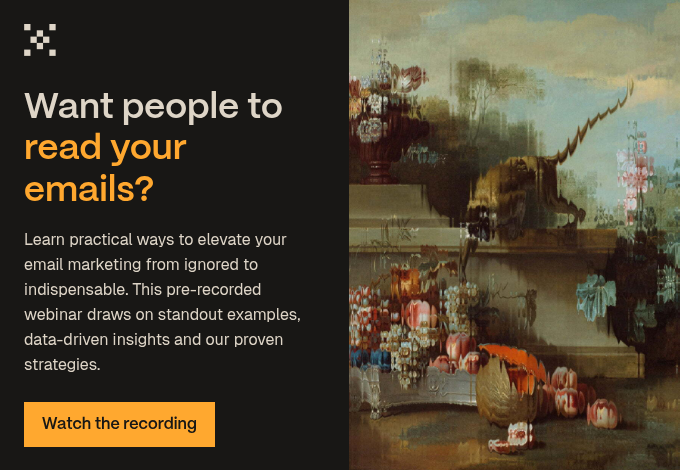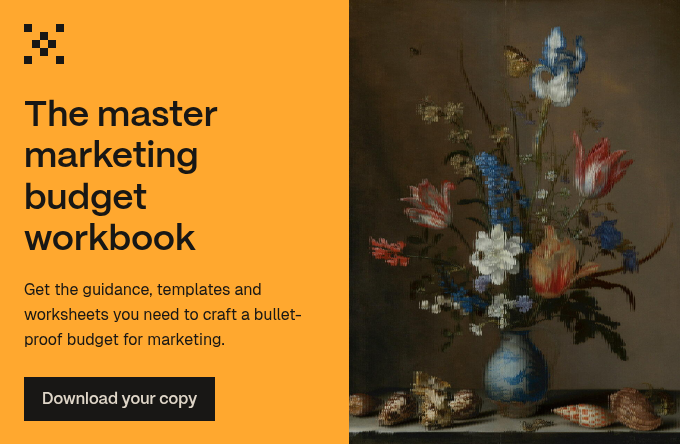Pay per click (PPC) is by far one of the most important aspects of digital marketing today. Here's a guide on how to optimise your pay per click campaign.
Consider this:
- Google process more than 40,000 search queries a second.
- LinkedIn has more than 500 million members
- Facebook has almost two billion active monthly users.
That’s a lot of people using the internet, so how do you go about getting seen on the web? Paid advertising, that’s how.
Is pay per click effective?
Well that’s a tough question to answer. Matthew, the big cheese here at Articulate, once wrote:
‘If you knew you were going in the wrong direction, you wouldn’t walk faster, you’d change direction. If you keep optimising an inherently bad strategy all you do is become better at being bad.’
This is too true. Many campaigns fail to live up to their full expectation because people are unsure of how to optimise their paid advertising. Yes, it’s a challenging process, but if you know what you’re doing, PPC can become your most powerful tool, especially when 64.6 percent of consumers click on Google ads when they’re shopping online.
Before we begin
Did you know that:
- Four out of five members on LinkedIn drive business decisions.
- 96 percent of consumers use Google search to find local businesses.
- Google owns 71 percent of the search engine market share. (It’s where the people are!)
98 percent of searchers choose a business that is on page one of the results they get. - A Google-conducted study found that 89 percent of the traffic generated by paid ads was not replaced by organic search when the paid advertisements were paused.
So, how can you get the most bang for your buck out of your PPC campaign? Here’s our guide.
It’s all in the content
I won’t waste your time by telling you that you need to create compelling text that will attract and convert in your advertisement, let alone the content that you’re trying to plug. You know this. Instead, I’ll give you some pointers. Here goes:
- Add value. Readers are not going to waste their time reading something that won’t be of benefit to them.
- Fuel fires. People love taking sides, so create content that sparks debate and gets a conversation flowing.
- Passion in the words. Everyone can write content if they put their mind to it, but can they tell a story? If you’re making claims, be sure to back them up!
- Focus on the buyer. The content you’re producing for your advert should be tailored to your buyer persona, and not the public.
Target, target, target
Google AdWords, LinkedIn advertising and Facebook marketing all require a degree of targeting to operate effectively. Failing to target the right audience means you’re literally flushing money down the toilet.
LinkedIn is by far the greatest tool for targeting the right B2B audience. Its capabilities are impressive. You can target by:
- Job sector
- Degree specification
- Seniority
- Location
- Age group
- Years of experience
The list goes on and on. LinkedIn suggest you target between 60,000 and 600,000 people when implementing text adverts, and that you target an audience of more than 300,000 people for sponsored content.
But, unlike LinkedIn (which targets people), Google AdWords targets specific keywords. Google uses your budget to bid on the keywords you select, and generalised keywords are often harder to successfully rank for because of their increased competitiveness.
My advice? Be specific with selecting keywords. Not only will you rank higher, you’ll likely drive better marketing qualified leads through the door for the sales team.
Variety is key
Variety is the spice of life, and when it comes to PPC, this couldn’t be truer. An effective PPC campaign has two or three variations, whether it’s a Google sponsored ad or a LinkedIn InMail campaign.
Marketing is experimenting, and by experimenting you can figure out what works, and sack off what doesn’t. Just like A/B testing a call-to-action, varying your PPC campaign means you can make iterative adjustments throughout its lifetime, always ensuring it’s fully optimised.
Know your KPIs
Definitions are important. To know if your campaign is operating effectively (or ineffectively) you need to know what to measure and adjust accordingly. Here’s the run down:
- Click-through rate. How many people are clicking on your advertisement?
- Number of impressions. How many times have people seen your advert on their screen?
- Conversion rate. How many people have clicked through an advertisement and completed an offer?
- Average position (for Google AdWords). When people search for your keywords, what is the average ranking of your advert?
By understanding these figures, you can confidently adjust your campaign to get the very best out of your advert. For example:
Let’s say that your advert has made over 1,000 impressions, but has less than 10 clicks. This indicates that people aren’t resonating with the advert they’re seeing on the screen. Perhaps it’s your writing, maybe it’s your use of images, who knows. What you do know, however, is that something needs to change to boost that click-through rate. The only way to find out is to experiment.
Manage your campaign, please.
I’ve said this above, and I’ll say it again. Manage your PPC campaign.
If you’re creating an advert and pumping money into it, you need to be monitoring it. Failing to do so is as effective as stuffing your money in a duffel bag and giving it to that shifty looking man on the street corner who said that he’d look after it.
That’s all, folks!
Managing a pay per click campaign is like working as a teacher. If your eyes are always on your students, nothing ever goes wrong. But the moment you turn your back to write on the whiteboard, anarchy ensues.
Just remember,
A well-managed PPC campaign is an effective PPC campaign.
All together now…




-1.jpg?width=400&height=250&name=europeana-KG61l7RNWBs-unsplash%201%20(1)-1.jpg)

.jpg?width=400&height=250&name=europeana-DfBSs2SSNwQ-unsplash%20(1).jpg)